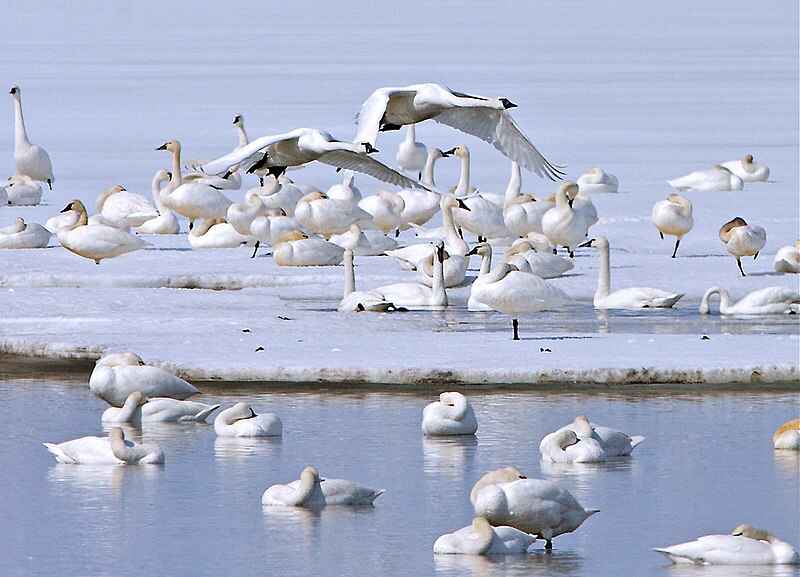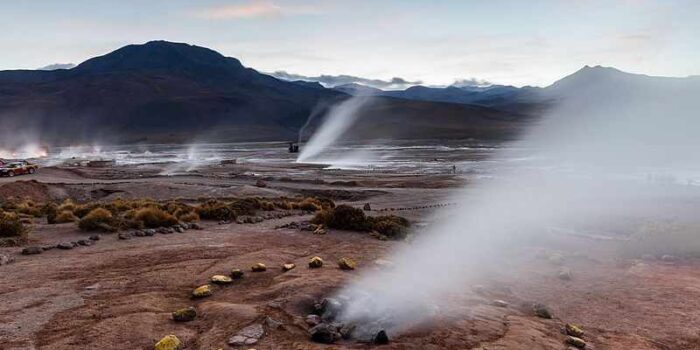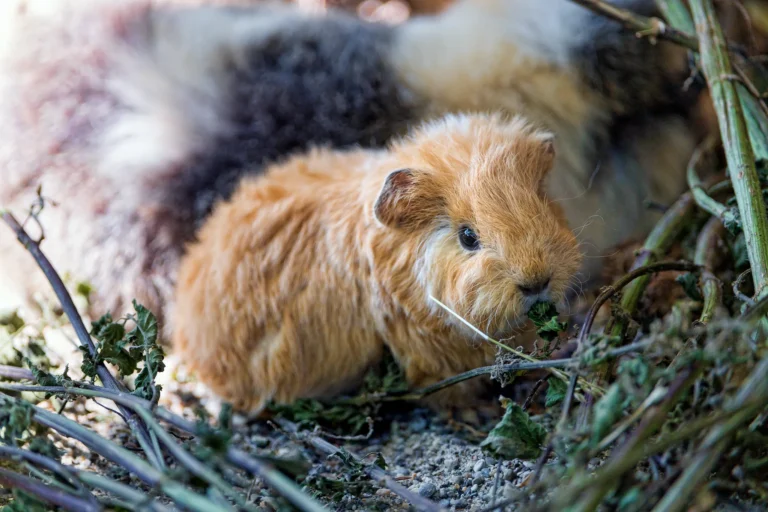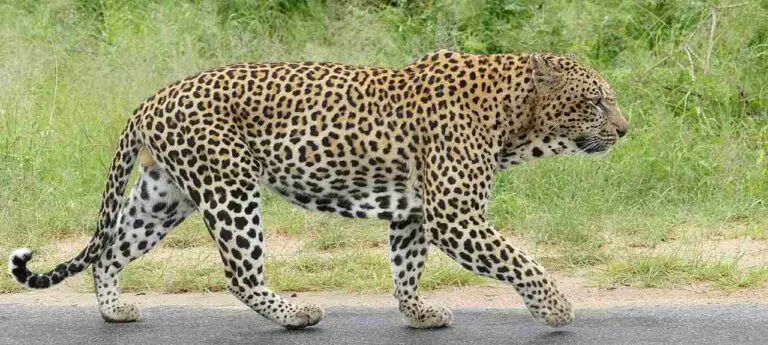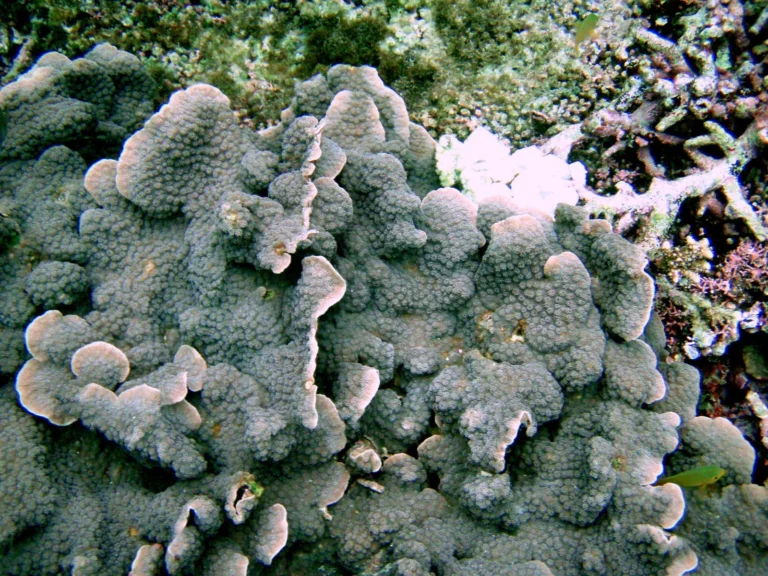Biodiversity of Tundra Biome: Key Features Discussed
Biodiversity of tundra biome is low, and comprises of mammals, birds, fish, and microbes, with no reptiles or amphibians.
This article discusses the biodiversity of tundra ecosystems, as follows;
1). Plants (in explanation of the Biodiversity of Tundra Biome)
The tundra is home to both vascular and non-vascular plants.
Vascular plants in tundras are mostly low-lying, and include grasses, shrubs and sedges.
Non-vascular plants in the tundra include bryophytes like mosses, hornworts, liverworts and lichens [2].
The species richness (number of species) of vascular plants in the tundra ecosystem is between 900 and 1,700. Non-vascular plants are more common and dominant than vascular plants in the tundra, because they are better-adapted to the low-moisture, low-nutrient conditions.
Among non-vascular plants, mosses are particularly common, and occur in diverse species including Caribou Moss and Arctic Moss.
Plant biodiversity in the tundra is far lower than in forests and grasslands, based on both species richness and species evenness (relative size of species' populations).
There are close links between the distribution and diversity of plants, and the trend of environmental conditions (climate, soil, topography, hydrology) of the tundra.
Factors like age of the ecosystem/site, pH, humidity and acidity, all directly affect how plants grow in the tundra [1]. Tundra plants are affected by the environmental impacts of climate change, and in turn play a key role in the energy pyramid and food chains which determine the stability, and basic characteristics of the ecosystem [8].
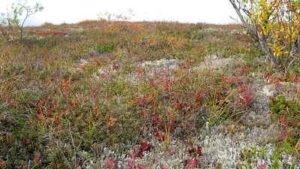
2). Mammals
Mammals are the most common vertebrate animals found in the tundra.
They range across various sizes and occur at all consumer trophic levels of the ecologic pyramid; as well as all feeding classes including herbivorous, carnivorous and omnivorous groups.
The largest mammal that lives in the tundra region is the polar bear, which ranges from 400-1,760 lb in weight, and from 6-9.3 feet in body length for both male and females [6].
Some studies may cite the Beluga whale as a large mammal in the tundra. While these aquatic animals do traverse some arctic tundra waters, their presence and dominance in the biome are far less than those of terrestrial mammals like the polar bear.
Dominant animals in the tundra include smaller species like the arctic fox, lemming, and arctic ground squirrel. These animals are able to fairly thrive due to their adaptive characteristics and behaviors that include hibernation, burrowing, and camouflaging.
While some mammals appear to be abundant in population size relative to others, the overall biodiversity of tundra mammals is very low, with less than 50 stable, identified species.
Also, no reptiles or amphibians are known to inhabit the tundra, as these are not adapted to the conditions of the ecosystem. What it implies is that the total vertebrate diversity of tundras (mammalian and non-mammalian) is much lower than that in tropical forests, temperate forests, and all kinds of grasslands.
3). Birds (in explanation of the Biodiversity of Tundra Biome)
Various kinds of birds live in the tundra, including hundreds of herbivorous and carnivorous species; while millions more migrate yearly into the region.
Birds migrate to the Arctic and Alpine tundras each year because of the brief availability of food and breeding ground that occurs in the summer, as sunlight, vegetation and marshes emerge.
Eagles like the bald and white-tailed types can be found in the tundra, although the most dominant birds are those that are highly adapted and which stay closer to the ground, like swans and geese.
Migration routes of birds that flock to the tundra each year include Africa-Eurasia, Americas, Central Asia, and East Asia-Australia [7].
Generally, examples of birds in the tundra are; snowy owl, gull, albatross, snow goose, sandpiper, peregrine falcon, and loon.

4). Aquatic Life
Aquatic life in the tundra comprises mainly of fish and mammals.
Various types of fish live in tundra waters, including trout, codfish, pike, shark and graylings.
Aquatic mammals like the Beluga Whale, otter, orca, porpoise, walrus, and various species of seals also occur in the tundra.
Tundras have water resources that become more plentiful during the summer due to frost thawing. These resources are useful also to terrestrial animals like polar bears, which have behavioral adaptations that enable them hunt aquatic animals at all times of the year.
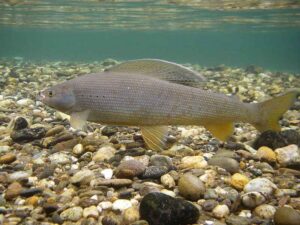
5). Microbes (in explanation of the Biodiversity of Tundra Biome)
Arctic microbes are those which occur in biomes such as tundras, within the Arctic region. Many of these microbes occur in a dormant state for most of the year, preserved in permafrost.
Microbes which are found in permafrost include yeasts, protists, archaea, viruses and microalgae [5].
The tundra has a very large population of microbes that are estimated to reach hundreds of thousands per cubic meter, in areal population density [4].
The survival of these organisms can be traced to a supply of biomass that is preserved from rapid biodegradation in ice and sediments. Slow rate of biodegradation is caused by low temperature, and causes the microbes themselves to function optimally at low metabolic rates.
Low microbial activity accounts for the role of tundra soil as an efficient carbon sink, as well as for the enormous amounts of soil organic carbon stored in tundras by sequestration.
With the effects of global warming leading to higher tundra temperatures and permafrost-melting, microbial activity in the ecosystem is beginning to rise, so that sequestered carbon reserves are depleting [3].
Conclusion
The biodiversity of tundra ecosystems can be summarized as follows;
1. Plants (vascular and non-vascular)
2. Mammals (herbivorous, carnivorous, omnivorous)
3. Birds (resident, migratory)
4. Aquatic life (fish, mammals)
5. Microbes (yeast, microalgae, viruses, bacteria)
References
1). Gough, L.; Shaver, G. R.; Carroll, J.; Royer, D. L.; Laundre, J. (2000). "Vascular plant species richness in Alaskan arctic tundra: The importance of soil pH." Journal of Ecology 88(1):54 - 66. Available at: https://doi.org/10.1046/j.1365-2745.2000.00426.x. (Accessed 14 March 2023).
2). Huemmrich, K. F.; Gamon, J.; Tweedie, C.; Campbell, P. E.; Landis, D. R.; Middleton, E. M. (2013). "Arctic Tundra Vegetation Functional Types Based on Photosynthetic Physiology and Optical Properties." IEEE Journal of Selected Topics in Applied Earth Observations and Remote Sensing 6(2):265. Available at: https://doi.org/10.1109/JSTARS.2013.2253446. (Accessed 14 March 2023).
3). Ji, M.; Fan, X.; Cornell, C. R.; Zhang, Y.; Yuan, M. M.; Tian, Z.; Sun, K.; Gao, R.; Liu, Y.; Zhou, J. (2023). "Tundra Soil Viruses Mediate Responses of Microbial Communities to Climate Warming." mBio. 2023 Feb 14:e0300922. Available at: https://doi.org/10.1128/mbio.03009-22. (Accessed 14 March 2023).
4). Martineau, K. (2010). "Tundra, Microbes and World Climate." Available at: https://bit.ly/3ZHBpTg. (Accessed 14 March 2023).
5). Ottoni, R.; Maria de Oliveira, V.; Passarini, M. R. Z. (2022). "Chapter 1 - Microbes in thawing permafrost: contributions to climate change." Microbiome Under Changing Climate: Implications and Solutions, 2022, Pages 1-28. (Accessed 14 March 2023).
6). Schliebe, S.; Evans, T.; Johnson, K.; Roy, M.; Miller, S.; Hamilton, C.; Meehan, R. H.; Jahrsdoerfer, S. (2006). "RANGE-WIDE STATUS REVIEW OF THE POLAR BEAR (Ursus maritimus) Prepared and Edited." Available at: https://bit.ly/2CPQ5aQ. (Accessed 14 March 2023).
7). Smith, P. A.; McKinnon, L.; Meltofte, H.; Lanctot, R. B.; Fox, A. D.; Leafloor, J. O.; Soloviev, M.; Franke, A.; Falk, K.; Golovatin, M.; Sokolov, V.; Sokolov, A.; Smith, A. C. (2020). "Status and trends of tundra birds across the circumpolar Arctic." Ambio. 2020 Mar;49(3):732-748. Available at: https://doi.org/10.1007/s13280-019-01308-5. (Accessed 14 March 2023).
8). Stoner, W.A., Miller, P.C.; Oechel, W.C. (1978). "Simulation of the Effect of the Tundra Vascular Plant Canopy on the Productivity of Four Plant Species." In: Tieszen, L.L. (eds) Vegetation and Production Ecology of an Alaskan Arctic Tundra. Ecological Studies, vol 29. Springer, New York, NY. Available at: https://doi.org/10.1007/978-1-4612-6307-4_16. (Accessed 14 March 2023).
